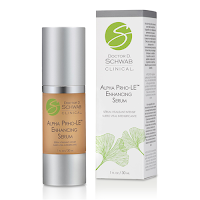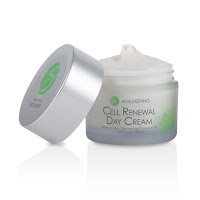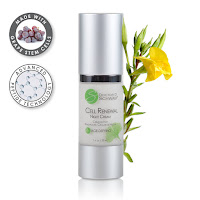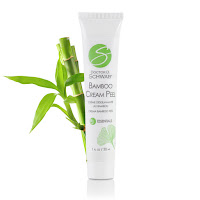The average price of a professional chemical peel can range from $600 to $900. The procedure can vary widely, though, and can reach up to $6,000 for a really deep peel. You’ve just spent hundreds or thousands of dollars, and now what? Chemical peels are typically a short-term solution to skin irritation, congestion, pigmentation or other issues, but with the right care, you can get the most out of the treatment and see long-term results.
What kinds of chemical peels are there?
There are two kinds of chemical peels. While they are constructed differently, they each work to dissolve and loosen the bonds of dead skin cells, exfoliate the skin, and increase cell turnover. Choosing the right peel, based on your personal skin indications, is the first step in getting the most out of the treatment.
An alpha hydroxy acid (AHA) peel is typically the most common and does not penetrate the skin too deeply, making it ideal for the general public. AHA peels derive from sugars, lactic acid, glycolic acid, and natural acids found in fruits and other foods. These ingredients combine to remove dead skin cells on the surface to exfoliate, smooth, and rejuvenate the skin.
Beta hydroxy acid (BHA) peels are slightly less popular, but offer specific benefits for certain skin types. These are made from salicylic acid (with a similar composition to aspirin) and are oil-soluble, meaning they can penetrate much deeper into the skin, past the oil barrier.
Are there any complications to chemical peels?
The goal of chemical peels is to produce the healthiest, freshest skin. If the skin isn’t cared for after the treatment, it can result in several complications or adverse reactions including redness, irritation, excessive dryness, burning, scarring, and hyper- or hypo-pigmentation of the skin. The deeper the peel, the higher the likelihood of complications.
Most of these reactions can be reduced upfront, simply by talking to a dermatologist to determine the right peel for your skin—AHA peels work better to alleviate dull or drab skin, and BHA peels can help clear up congested skin. Beyond that, it’s necessary to maintain a healthy skin care regimen after the peel is completed. What’s great is that the same skincare methods that reduce the dangers related to chemical peels gone wrong can also help maintain the results of chemical peels gone right.
How can I reduce complications and make my
chemical peel last longer?
The key to maintaining the results of a chemical peel is hydration. You should start making hydration your priority at least two months before the treatment, both internally (by drinking more water) and externally (by using moisturizers and serums).
Maintenance after treatment should be considered ongoing, but the time immediately following is crucial since the skin is most sensitive and reactive to its environment. When looking for products post-peel, it’s important to look for dermatologist-recommended products that will restore your skin and continue to soothe your skin issues.
There are four priorities following a chemical peel procedure:
Rejuvenation
Rejuvenating serums are light enough to moisturize without clogging and congesting pores. The Alpha Prho LE® Enhancing Serum by Doctor D. Schwab uses natural ingredients to promote cell turnover, hydrate, and help reverse trauma to your skin after a treatment.
Ongoing cell renewal
Besides serums, the Doctor D. Schwab Cell Renewal Day Cream and Doctor D. Schwab Cell Renewal Night Cream work to improve skin texture, hydrate, reduce inflammation, and encourage regeneration of new cells. Notably, the night cream takes advantage of your body’s resting state to allow your skin to heal and repair while you sleep.
Exfoliation
While serums and creams do their duty to stimulate the production of new cells, it’s essential to slough off the old ones through exfoliation. Because the skin is sensitive after a chemical peel, a gentle exfoliant like the Doctor D. Schwab Bamboo Cream Peel, which uses round exfoliating ingredients including jojoba beads and bamboo stem powder, will keep skin clear without causing irritation or micro-tears on the skin.
Sun Protection
Sun protection is always important but because of skin’s increased sensitivity after a peel, sunscreen is an even more important tool in your skincare arsenal. Doctor Schwab Mineral Sunscreen Broad Spectrum SPF 50 is lightweight, moisturizing, and uses natural ingredients to soothe and feed the skin. It also includes Zinc Oxide to prevent sunburn and skin damage caused by both UVA and UVB rays. With proper maintenance and the right products, you can easily make your chemical peel last longer, giving you healthy, radiant skin long after the treatment.






